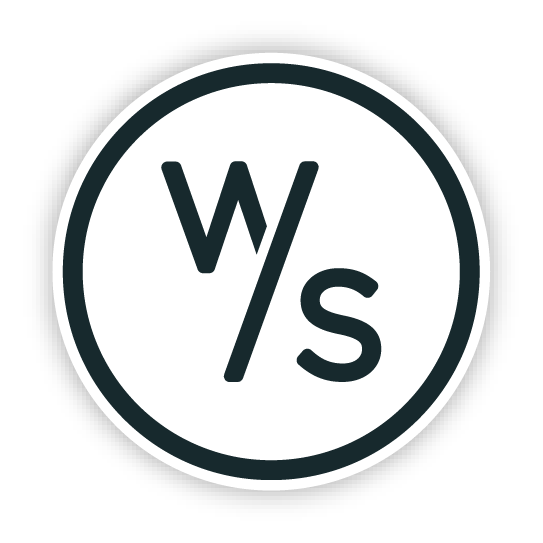Creating a Powerful Brand Identity
In the parlance of our field a “brand identity” is the fundamental elements of a brand considered in their entirety. Around here, we just use “identity” to cover this concept, but it’s pretty straightforward. A brand identity will generally consist of the primary logo, secondary marks, the color palette, typography and, often, patterns built to convey certain emotional tones, services or functions of the brand we want understood by our audience. Building a powerful brand identity without a doubt starts with creating a unique and thoughtful logo.
So, what is the foundation of a great logo? Understanding. This is basically why nothing you buy off the internet is going to work for a company that considers themselves serious about being great. One of the toughest tricks in design is creating a logo that serves as a jumping off point for a company to tell its story. Because for their story to get out there, you need other people to be able to tell it and do so easily. That takes a lot of thought.
We have an intensive discovery process when we begin any branding project. Because, step one in creating a brand identity is listening. Not trying to impress anyone with your extensive knowledge of all things design. Not throwing out half-assed ideas around a business you don’t understand (at least, not nearly as much as those who live it every day). Listening. It’s often in these sessions with your clients where someone will contribute something that becomes the catalyst for a concept which will end up as their logo. That’s why, for the most part, you need to shut up and intently listen to what they have to say. You are interviewing them, searching for the authentic truth around what makes their business different. When you understand what that is, then you can articulate it through the design of their logo. Below is an example of our rationale around Golden Harvest Food Bank’s identity we created.
You can see how, armed with the knowledge of what each element represents, everyone involved with GHFB can quickly and easily articulate what they do and stand for. It’s like boiling down the corny “elevator speech” idea via design. And, to reiterate my earlier point, you don’t get to something like this without making a real effort to deeply understand their business.
Next up, there’s color. A couple of things to consider: is it masculine? Feminine? What industry are they in? What colors do their competitors already own? Are they established? Do they have any history with specific tones? Are they brand new? Often novelty necessitates a louder or more unexpected palette to help a business stand out or differentiate. To stay with the Golden Harvest example, they historically were gold with some green tones. We updated those and then expanded their range of colors by using only those found in natural foods. Because, at the end of the day, they are a food bank, and their enterprise revolves around feeding the hungry.
As with typography, color is often a passive expression of tone or intent. Golden Harvest’s audience needs to understand they are a vibrant, expansive organization dealing in the acquisition and distribution of food. Therefore, we eliminate any colors that don’t exist in the food world and use bright tones to express their energy. This also gives us enormous flexibility to freshen up our approach as the brand ages by playing with the established palette.
Typography is life. This, of course, is according to almost any serious designer. There are literally millions of fonts out there (although I would argue there’s only maybe a hundred or so that are any good). Choosing a smart set is one of the most difficult jobs in the business. First, let me clarify a point – we’re not talking about the typography in the logo. This should almost always be custom and therefore unrepeatable. That being said, the brand’s typography should stay far enough away from the logo stylistically as to not weaken its ability to stand out. Often a single family is chosen with different weights and styles (italics, condensed, bold, etc.). Yet, depending on the tone the brand is trying to achieve, typography can go a lot of ways: two serifs, a sans serif and slab, two sans serifs, a script and a sans serif – the combinations are endless. But, they are always made to support the core idea of the brand identity as discovered by the initial practice of listening. Again, we’ll stay with Golden Harvest.
As you can see, the typography here was chosen to support the tone of the organization and to complement the logo without challenging it.
Lastly, we’ll often add custom patterns to a brand identity. These elements allow us to “brand” things subtly. Think backs of business cards, infographics, websites and other applications that aren’t straight up ads containing the logo, tagline and leading palette.
When you start by listening to your client to gain an understanding of their business (and their goals), you can build a powerful brand identity. I would argue you can’t do it without that unless you just get lucky. But once you do “get it” you can create a logo, palette, typography and supporting elements that can give any business a big advantage over those who lack this unified and thoughtful approach.



